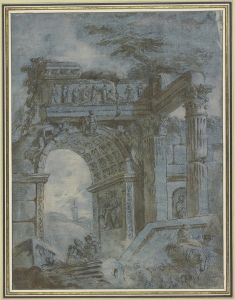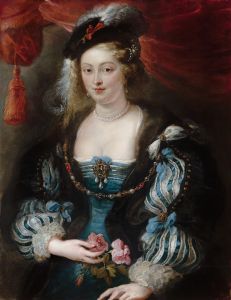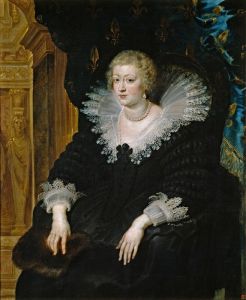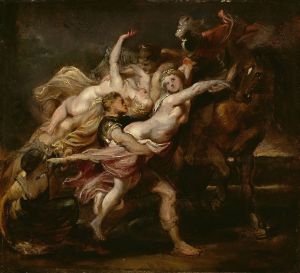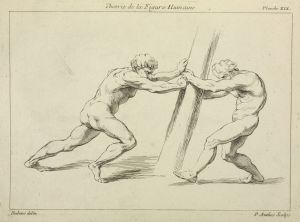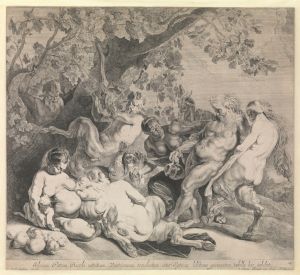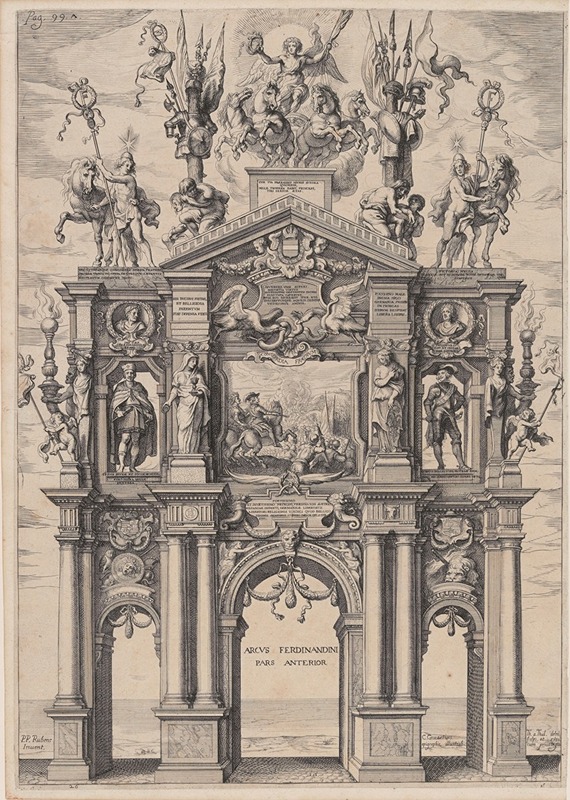
The Triumphal Arch of Ferdinand
A hand-painted replica of Peter Paul Rubens’s masterpiece The Triumphal Arch of Ferdinand, meticulously crafted by professional artists to capture the true essence of the original. Each piece is created with museum-quality canvas and rare mineral pigments, carefully painted by experienced artists with delicate brushstrokes and rich, layered colors to perfectly recreate the texture of the original artwork. Unlike machine-printed reproductions, this hand-painted version brings the painting to life, infused with the artist’s emotions and skill in every stroke. Whether for personal collection or home decoration, it instantly elevates the artistic atmosphere of any space.
The Triumphal Arch of Ferdinand by Peter Paul Rubens is a notable example of the artist's work in the realm of monumental decorative art. However, it is important to clarify that this artwork was not a traditional painting but part of a larger series of temporary architectural decorations designed by Rubens for the joyous entry of Ferdinand of Austria, the Cardinal-Infante, into Antwerp in 1635. These decorations were commissioned to celebrate Ferdinand's military victories and his role as the new governor of the Spanish Netherlands.
Rubens was tasked with designing a series of triumphal arches, stages, and other ephemeral structures for the event, which was a grand public spectacle. The Triumphal Arch of Ferdinand was one of these temporary constructions, created to glorify Ferdinand's achievements and to reinforce the political and cultural dominance of the Habsburg monarchy in the region. The designs were executed in collaboration with architects and craftsmen, and Rubens provided detailed sketches and oil modelli (small preparatory paintings) to guide the production.
The arch itself was richly adorned with allegorical and historical imagery, characteristic of Rubens' Baroque style. It featured scenes celebrating Ferdinand's military successes, his virtues, and his role as a defender of the Catholic faith. The iconography was carefully crafted to convey messages of power, divine favor, and legitimacy, aligning with the broader goals of the Counter-Reformation and Habsburg propaganda.
While the original structure no longer exists, as it was made of temporary materials like wood and painted canvas, Rubens' preparatory works for the project have survived. These include oil sketches and drawings that provide insight into his creative process and the visual impact of the final designs. Some of these preparatory works are held in major museums and collections, allowing modern audiences to appreciate Rubens' ingenuity and mastery in combining art, architecture, and political messaging.
The Triumphal Arch of Ferdinand is a testament to Rubens' versatility as an artist and his ability to work on a grand scale. It also reflects the cultural and political climate of the Spanish Netherlands in the 17th century, where art played a central role in public celebrations and statecraft.





